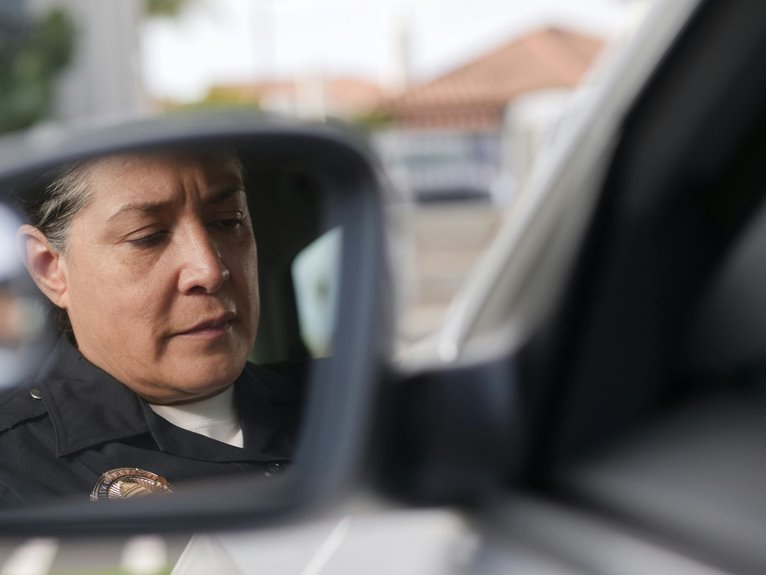Suspicious Signal Surveillance Protection Oversight Authority 3510968343 3288981477 3512493081 3290745016 3509783440 3513321085

The Suspicious Signal Surveillance Protection Oversight Authority (SSSPOA) plays a crucial role in the intersection of national security and civil liberties. Its mandate involves monitoring signals that may pose threats while ensuring compliance with legal frameworks. This dual focus raises critical questions about privacy implications for citizens and operational transparency for law enforcement. As the authority navigates these complexities, the balance it strikes will significantly shape public trust and the future of surveillance practices.
Overview of the SSSPOA
The Suspicious Signal Surveillance Protection Oversight Authority (SSSPOA) serves as a regulatory body tasked with overseeing the surveillance of potentially harmful signals that may threaten national security and public safety.
Key Functions and Responsibilities
While ensuring national security and public safety, the Suspicious Signal Surveillance Protection Oversight Authority (SSSPOA) carries out several critical functions and responsibilities.
These include the development and implementation of advanced monitoring technology, ensuring compliance with legal standards, and enforcing data protection measures.
The SSSPOA aims to safeguard civil liberties while effectively addressing potential threats through rigorous oversight and accountability mechanisms.
Balancing Privacy and National Security
Navigating the complex interplay between privacy and national security poses significant challenges for the Suspicious Signal Surveillance Protection Oversight Authority (SSSPOA).
The necessity for robust security measures often clashes with privacy concerns, prompting ongoing debates about the extent of surveillance.
Effective oversight must ensure that protective actions do not infringe on individual freedoms, fostering a delicate balance between safeguarding the public and respecting personal privacy.
Implications for Citizens and Law Enforcement
Striking a balance between privacy and security carries significant implications for both citizens and law enforcement agencies. Upholding citizen rights necessitates rigorous law enforcement accountability, ensuring that surveillance measures do not infringe on personal freedoms.
This equilibrium fosters trust and transparency, enabling effective policing while safeguarding democratic values. Ultimately, responsible oversight of surveillance practices is crucial for maintaining civil liberties in a security-conscious society.
Conclusion
In summary, the SSSPOA operates as a sentinel, vigilantly navigating the delicate interplay between civil liberties and national security. Its multifaceted approach not only safeguards citizens from potential threats but also fortifies the trust necessary for effective law enforcement. By enforcing rigorous oversight and transparent practices, the authority cultivates an environment where security measures do not eclipse individual rights, thus reinforcing the foundational principles of democracy in an increasingly complex technological landscape.




